When people hear retriever, they might think of the Labrador Retriever or the Golden Retriever. However, there are other retriever breeds quickly growing in popularity around the world. The Chesapeake Retriever breed is known for its athleticism, grit, and striking coat.
Today, Chesapeake Bay Retrievers are more popular as family dogs due to their loving nature and protective spirit. If you've never heard of the Chesapeake Bay Retriever, you've come to the right place. You might decide that this athletic, adorable dog is perfect for you and your family!
Chesapeake Bay Retriever Characteristics (Physical)
The Chesapeake Bay ducking dog is a powerfully built gundog originally developed to hunt waterfowl in harsh weather. It's mostly confused as a "Cheasapeake Bay Labrador", but its characteristics are actually distinct:
- Body - The Chesapeake Bay Retriever has a strong, muscular, and well-balanced body with a harsh outer coat. Despite being sturdy and strong, the Chessie has an athletic build that allows them to be very agile.
- Tail - This breed has a medium-length, straight tail that's a bit heavy at the base.
- Legs - Chesapeake Bay Retrievers have strong legs that help them run and swim with ease, including sloped shoulders that don't limit their movement. Chessies also have webbed feet and round toes that also help them swim efficiently.
- Face - The Chessie's head is broad and round, with small ears on top. Their muzzle is balanced with the skull, and they have medium-sized noses. Most importantly, Chessies have wide, medium, amber-colored eyes that add to their innocent and playful look.

Breed Size
Chessies are pretty big dogs, with the males usually standing about 23 - 26 inches at the shoulder. Females are typically a bit shorter, around 21 - 24 inches tall. Male Chesapeake Bay Retrievers can weigh up to 65 - 80 pounds, while females are slightly lighter, around 55 - 70 pounds.
Breed Personality
Chessies are very well-balanced dogs that make them great for families. They are receptive to training, but they can also be a bit independent. A consistent, experienced trainer can give a pup the structure and discipline they need to become hard-working companions. The Chesapeake Bay Retriever is very friendly and polite. However, Chessies can be a little reserved with strangers.
Breed Exercise
You should exercise with your Chessie every day, whether it's taking them on walks or having play sessions. Like the Border Collie, some of their favorite activities include hiking, swimming, or an activity that lets them feel at home in nature. Doing a tough hike or run expends their energy in a fun, stimulating way. Once properly trained, the Chessie can also be let off the leash so they can chase sticks and balls into the water and bring them back for you.

Chesapeake Bay Retriever Training
Chessies are intelligent dogs that you can start training the moment you bring them home as a puppy. Obedience training is important to help them better understand simple commands like "sit" and "stay." Training sessions should be fun and short, or your Chessie will lose interest. Remember to keep it light and offer praise whenever you can.
Early Training
Basic obedience is very important to get down while the Chessie is still a puppy. Puppies are a bit more eager to please than adults, making them easier to train. Chesapeake Bay Retrievers are highly motivated by food. Treats keep training sessions fun and interesting. Some important beginning commands for dogs are:
- Sit
- Stay
- Come
Sporting Dog Training
The Chessie is an active breed that thrives when completing tasks. They love staying busy and active, meaning creative training is the best way to bond with and train your pup. Consider activities like agility and fieldwork, and consider enrolling them in dog sports. Try setting up a fun course for your dog to learn, going through one portion at a time. Put treats around the yard for your dog to find, raising the difficulty each time.

Chesapeake Bay Retriever History
The Chesapeake Bay Retriever is named after the Chesapeake Bay, a very cold stretch of water that's over 200 miles long near Maryland and Virginia. Every year, an abundance of migrating waterfowl, including ducks and geese, inhabits the Chesapeake Bay. In 1807, a ship bound for England ran aground the coast of Maryland. The crew ended up surviving, which included two Newfoundland puppies named Sailor and Canton.
The modern-day Chesapeake Bay Retriever is thought to have descended from these two pups. Over the next century, these service dogs became well-known for their hunting abilities and unique amber, yellow-colored eyes. By 1885, the Chesapeake spaniel became fully established. They were highly regarded due to their thick, water-resistant coat and powerful legs.
Wealthy duck hunters with clubs surrounding the Chesapeake Bay West River started breeding existing purebreds to perfect the perfect duck hunting dog. Since then, the Chessie has become much more than a gundog. Because of their loyalty and empathy, this high energy breed has had major success in a variety of fields. You can often find them dog competitions, therapy work, drug and bomb detection, and search and rescue work.

Chesapeake Bay Retriever Health Problems
This brown beauty has an average life span of 10 - 13 years. However, to make sure your pup lives a long and healthy life, you should have regular vet visits to keep their health in check. When adopting your purebred pooch, always research the breeder beforehand. Responsible breeders should provide health documents to verify that there are no inherited conditions passed on. Here are some things your vet should check for:
Canine Hip Dysplasia
Hip dysplasia is a more common condition among larger dog breeds. This condition is caused by the ball and socket of the hip joint not fitting properly together. When they don't fit properly, the ball and socket will grind against each other, which can lead to lameness or difficulty walking in your dog.
Gastric Torsion
Gastric torsion is also commonly known as "bloat." While being bloated doesn't sound too serious (who doesn't get bloated after a big meal), gastric torsion is life-threatening for dogs. It's found more often in dogs with deep, broad chests like the Chesapeake Bay Retriever, so it's best to monitor their food intake.
Hypothyroidism
A dog affected by hypothyroidism lacks a specific hormone that regulates the body's metabolism. Hypothyroidism affects the organs, causing your dog to gain weight, become lethargic, and have deteriorating skin and coat health. Other early signs of hypothyroidism are muscle loss, slowed heart rate, and skin infections.
Progressive Retinal Atrophy (PRA)
Progressive retinal atrophy is a degenerative disease that wastes away your dog's retina. PRA is when the cells in your dog's eyes deteriorate over time, which can lead to blindness.
Entropion
Entropion is a condition that causes your dog's eyelids to roll inward. The eyelashes around their eye will continuously rub on their cornea, leading to irritation. This condition can be very itchy and painful for your poor pup. If not treated early, it can worsen over time and eventually lead to scarring on the cornea. Any scarring will affect your dog's vision and permanently damage the eye.

How to Care for a Chesapeake Bay Retriever
The Chesapeake Bay Retriever is a very social dog that is happiest when someone is home with them. You should not leave them alone for hours at a time while you're at work or school. Being alone for extended periods will cause your dog to be distressed and anxious. They may develop separation anxiety and ultimately become destructive.
When spending time with your Chessie, try to stimulate them with puzzles, games, tricks, and other fun activities. Remember that they love staying active and need plenty of mental and physical stimulation. To keep them from getting bored and misbehaving, give them time to roam outside or even engage in playtime with them. Of course, the Chesapeake Bay Retriever also needs time to cuddle with you.
Nutrition and Feeding for a Chesapeake Bay Retriever
Most Chesapeake Bay Retrievers should eat about 2 - 2.5 cups of high-quality dog food every day. To prevent bloat and manage their diet, split up your Chessie's daily intake into two or three meals. This usually means breakfast and dinner, splitting their daily portion in half. To help maintain a routine, try using an automatic feeder. Feeding your dog around the same time every day is quite important for pets.
Related: Organic Dog Food Vs Non-Organic [In Depth Comparison]
Coat Color And Grooming
Chesapeake Bay Retrievers need their waterproof coat to be a specific length, texture, and thickness due to their job as a gundog. They often work in the ice and snow, and the natural oils in their wavy outer coat prevents the cold water from reaching their skin. Like Irish Water Spaniels, Chessies are rarely soaked when they emerge from the water. They should be solid-colored, although the American Kennel Club (AKC) allows for one small white mark.
The Chesapeake Bay Retriever has short fur and a double coat, but this dog tends to shed quite a bit. You should try to brush them at least once a week to remove dead hair and keep the shedding to a minimum. Aside from brushing, Chessies don't require much more grooming or bathing. Of course, feel free to bathe them if they're dirty or just jumped into a pond (nobody likes wet dog smell).
Grooming Tips
Since Chessies love outdoor activities that involve nature and water, it's important always to check them before they come inside. Look for ticks, fleas, and other parasites. Check their fur for dirt, debris buildup, and other cuts or scrapes they might have gotten. Since they love the water, it's important to clean their ears regularly to avoid infections.
Children And Other Pets
The Chesapeake breed makes for excellent family pets! This large sized dog is quite gentle and gets along well with most dogs. While they don't tolerate being bullied or hurt, this breed loves well-behaved and friendly children. This dog gets along well with other family pets! With proper socialization, the Chessie will understand that other dogs or cats are family pets rather than prey or a threat.
Chessies are very protective of their family, leading to more standoffish behavior with dogs they don't know. They can even become aggressive with strange dogs that approach family members. However, with proper socialization and training, this behavior can be better managed.

Rescue Groups
Chesapeake Bay Retrievers are great family pets, so it can be a surprise to see them at a shelter. Unfortunately, sometimes things happen outside of our control, and people have to give up a beloved family pet. Luckily, there are a few passionate Chesapeake Bay Retriever rescue groups dedicated to rehoming and saving them.
One example is Chesapeake Bay Retriever Relief & Rescue. This AKC recognized group is a non-profit organization that covers the entire United States. Their volunteers rescue Chessies, evaluate and treat the dogs for medical conditions, and then provide them with fostering. The group helps groom Chessies and prepare them for their new home. Other groups like Chesapeake Safe Harbor provide behavioral assistance for families who need help learning how to socialize or train their Chesapeake Bay Retriever properly.
Breed Organizations
The American Chesapeake Club (ACC) is a breed organization dedicated to promoting the Retriever de Chesapeake and building their popularity. The ACC maintains the breed standards and hosts events to gather Chessie lovers from across the country together. The ACC site is also a great place to learn about the breed and even find reputable breeders!
Final Thoughts
The Chesapeake Retriever has become an iconic American breed thanks to its rich history and likable personality. They make great house pets and can also thrive in a variety of sports and services. The Chessie's versatility as an intelligent and determined breed is the main reason they are becoming more and more popular around the world.






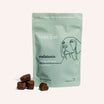
![Probiotics For Dogs [Soft Chews] - HolistaPet](http://www.holistapet.com/cdn/shop/files/Probiotic-Infographic-1_472d7a29-e30c-435a-9638-1365d8c3a9f9.jpg?v=1725384841&width=104)
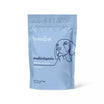



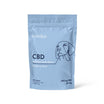
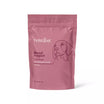
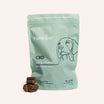

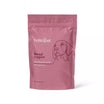
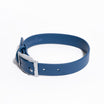
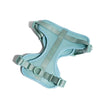
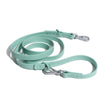
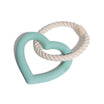
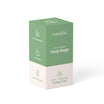
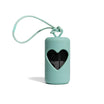
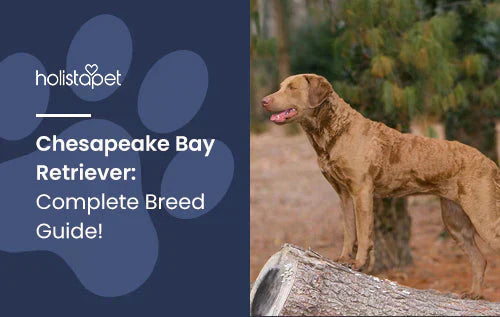



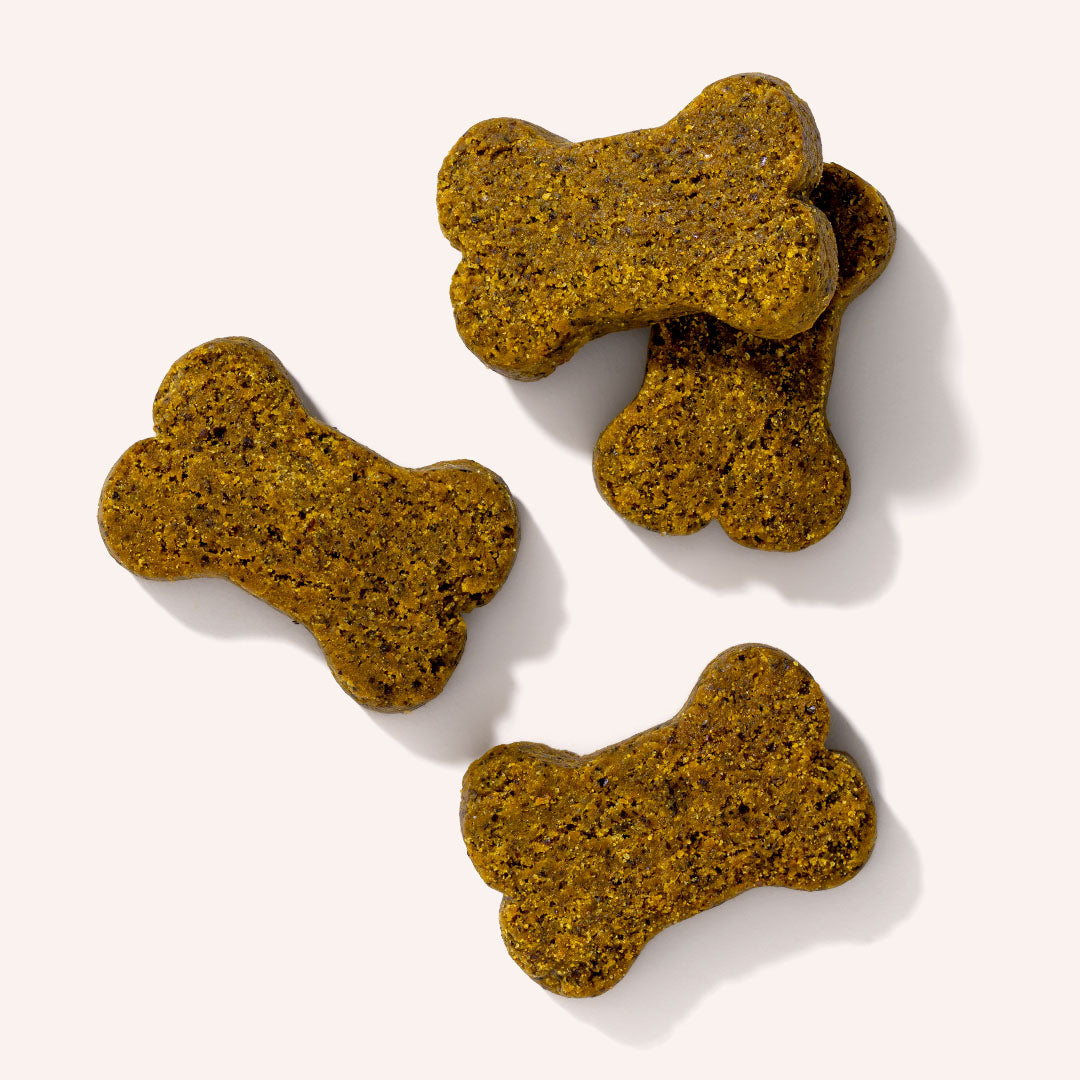

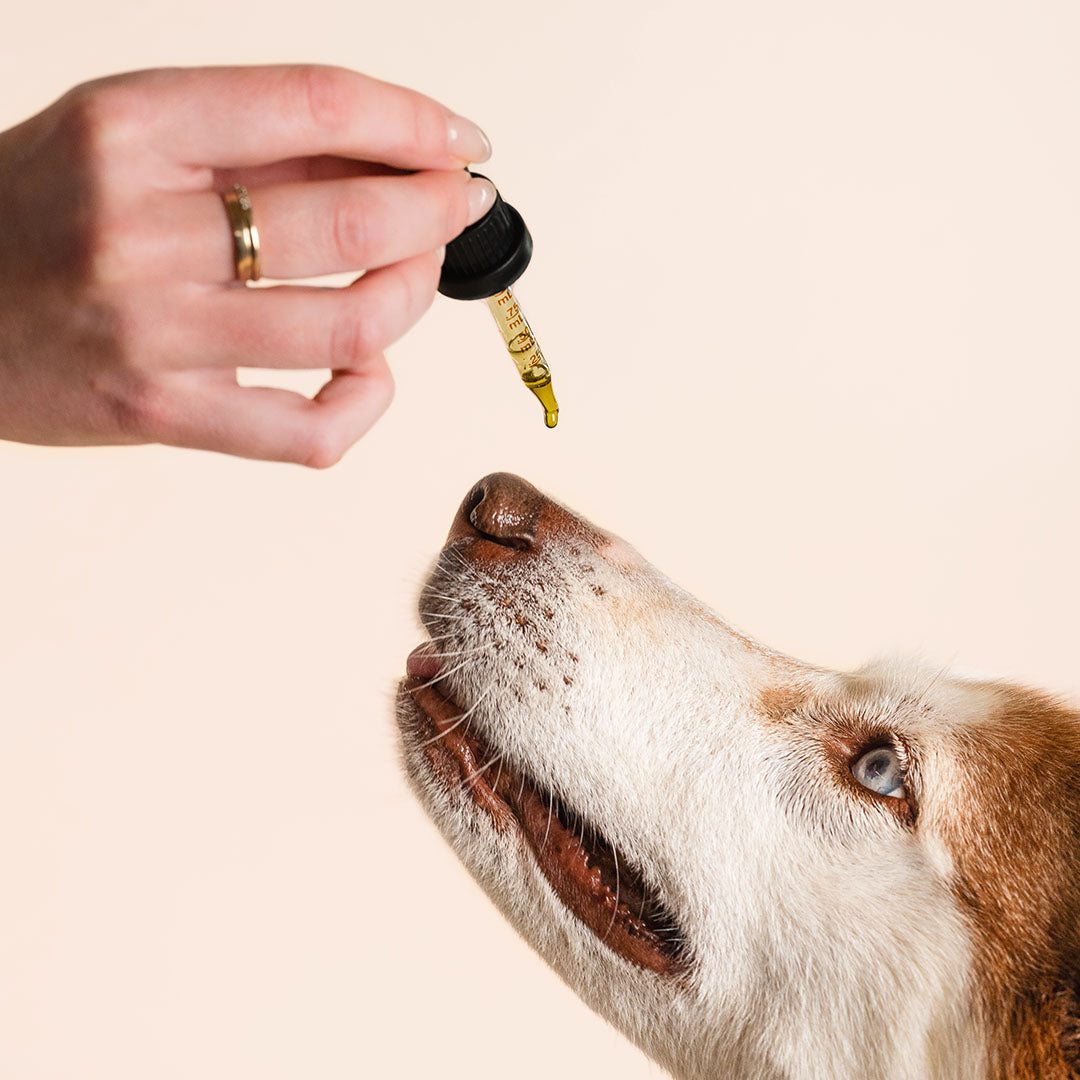



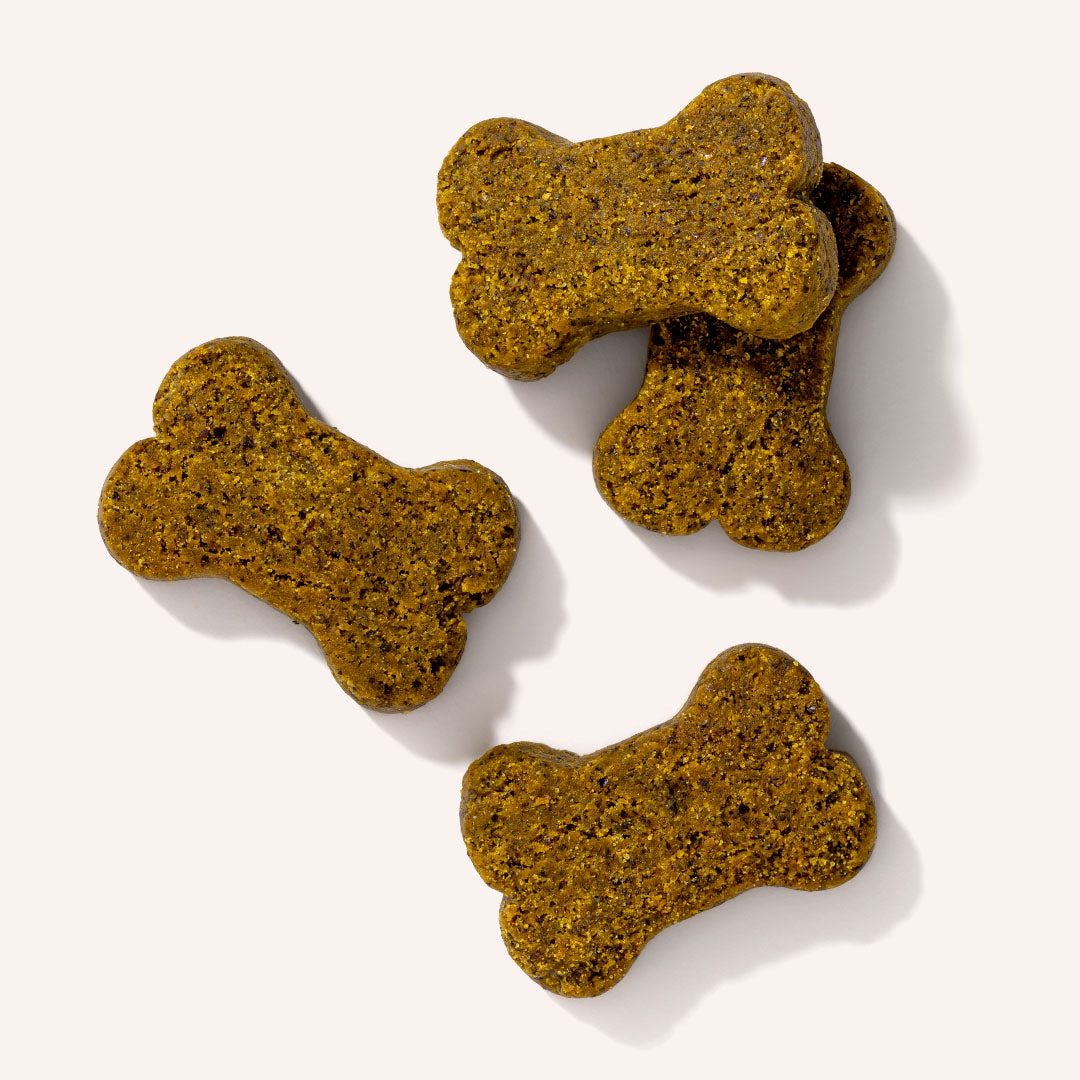

Leave a comment
All comments are moderated before being published.
This site is protected by hCaptcha and the hCaptcha Privacy Policy and Terms of Service apply.